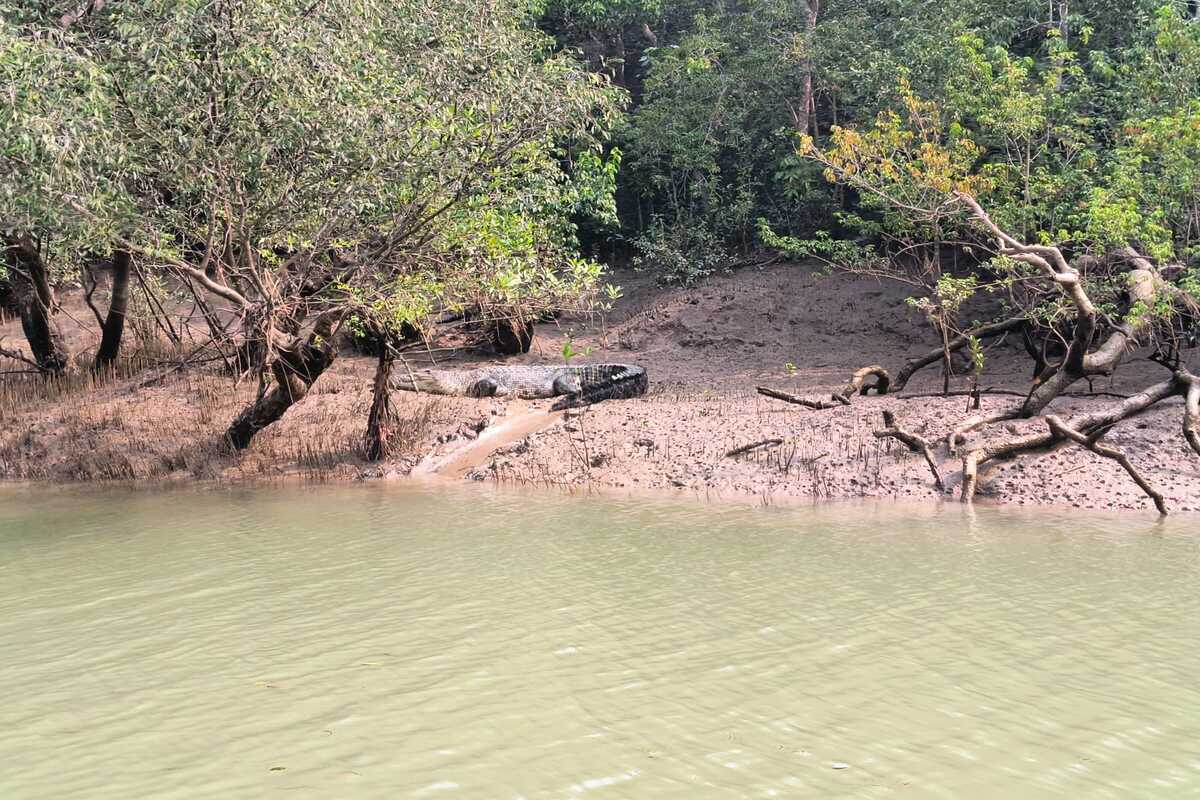Saltwater crocodile found dead in Odisha’s Bhitarkanika National Park
Saltwater crocodiles are covered under Schedule I of the Indian Wildlife (Protection) Act, 1972.

Saltwater crocodiles are covered under Schedule I of the Indian Wildlife (Protection) Act, 1972.

The flora and fauna showcased in the centre include conservation measures initiated for crocodiles in their natural habitat and the rich mangrove diversity in Bhitarkanika wetland sites.

1,348 baby saltwater crocodiles have broken out of their eggshells to make their way to water-bodies in and around Odisha’s Bhitarkanika national park, marking the culmination of annual breeding and nesting season of these endangered reptiles.

The forest officials on Sunday released the result of the mangrove pitta bird census report, which pegged their population at 218.

The growth in population has been mainly reported in hatchlings. However, other size segments have also reported slight growth compared to last year, he said.
Bhitarkanika has the highest concentration of India’s saltwater crocodiles, conservation of which was started way back in 1975.
According to census findings, 1,08,639 including 62,983 chicks of eleven species were sighted at the park.
The Bhitarkanika river systems are home to saltwater crocodiles. On the other hand, the Mahanadi and Brahmani rivers and their tributaries pass through the district are found inhabiting muggers and gharials.
The wildlife sanctuary had been kept out of bounds for tourists and visitors to ensure disturbance-free annual nesting of crocs. The animals turn violent and restive over human interference in their habitat.
Over a dozen types of local residential birds congregate at the heronries in and around the national park for nesting and breeding every year. The species are open bill stork, Little cormorant, Intermediary Egret, Large Egret, Little Egret, Purple Heron, Grey Heron, Night Heron, Darter, White Ibis, and Cattle Egret added the forest official.
